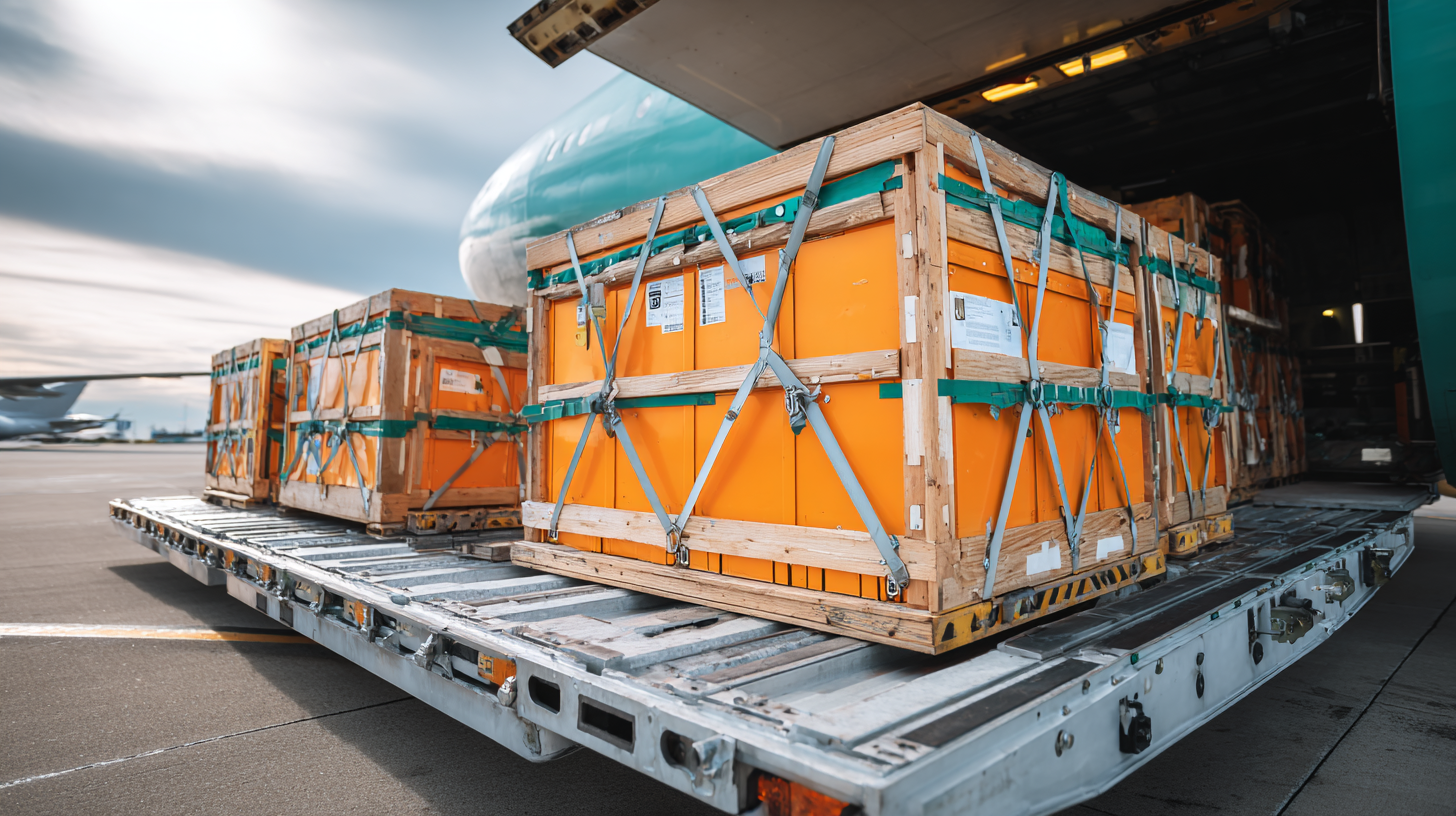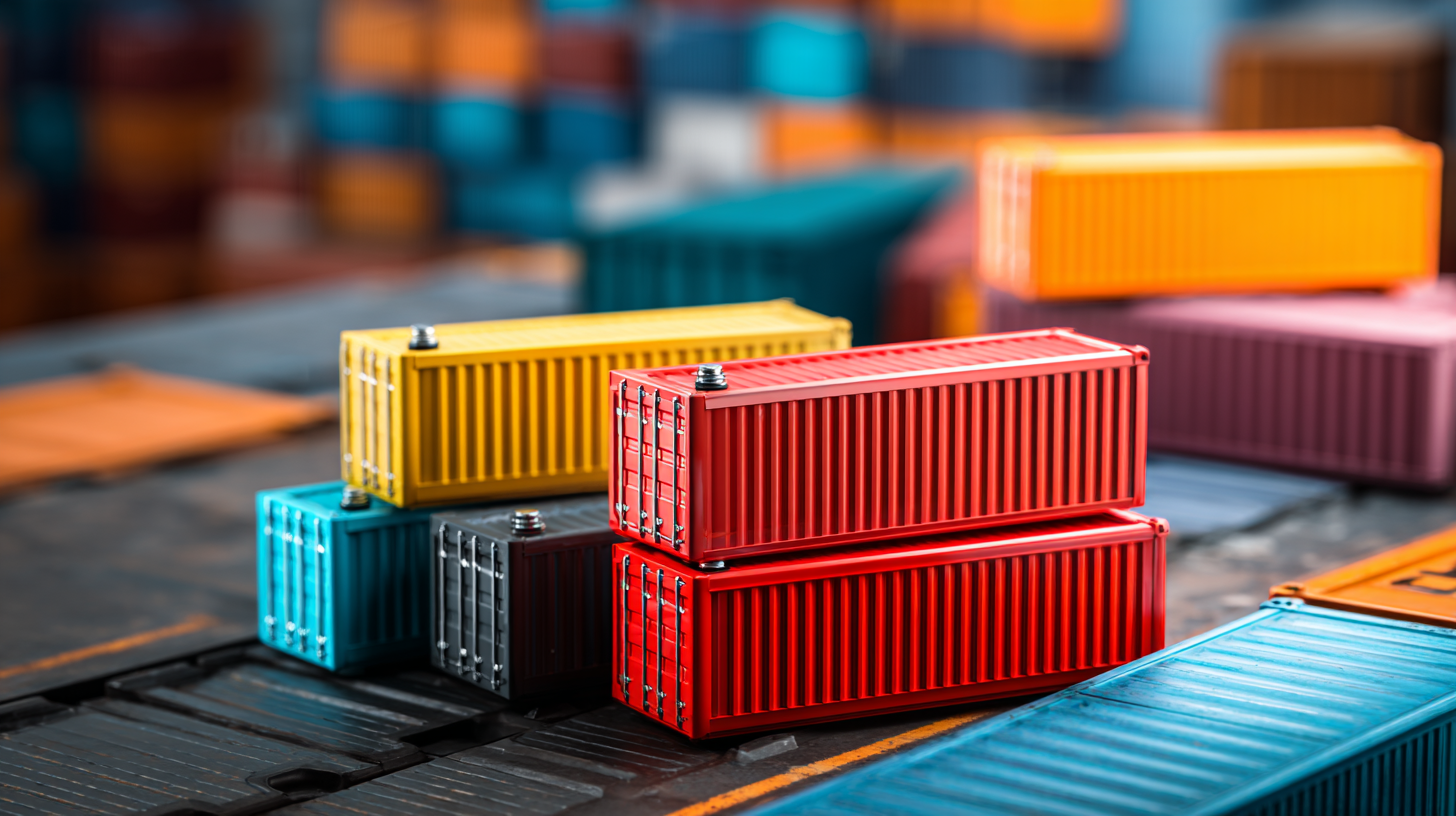How to Safely Ship Lithium Batteries and Comply with International Regulations
As the demand for portable energy sources continues to surge globally, shipping a
lithium battery has become an essential operation for businesses across various industries.
According to a report by the International Air Transport Association (IATA), the transportation of lithium
batteries increased by over 30% in the past five years, reflecting their critical role in powering
everything from consumer electronics to electric vehicles. However, this growing demand brings significant regulatory challenges, as
mishandling lithium batteries can lead to hazardous incidents, including fires and explosions.
The United Nations has classified lithium batteries as dangerous goods, necessitating strict
compliance with international regulations such as the UN Manual of Tests and Criteria and the
IATA Dangerous Goods Regulations. This underscores the importance of understanding safe shipping
practices while adhering to these complex regulatory frameworks, ensuring not only the safety of shipping personnel but also
the integrity of the cargo and the environment.

Understanding the Risks of Shipping Lithium Batteries Safely
Shipping lithium batteries poses significant risks that must be understood and mitigated for safety and compliance with international regulations. According to the International Air Transport Association (IATA), lithium batteries are classified as dangerous goods due to their potential to overheat, catch fire, or explode if damaged or improperly handled. In fact, over 40 incidents involving lithium battery fires were reported in the past few years in air transport alone, underscoring the importance of adhering to stringent shipping guidelines.
To safely ship lithium batteries, it's essential to follow specific packing instructions. Always use cushioning materials to prevent physical damage and ensure the batteries are in their original packaging whenever possible. Additionally, mark and label packages clearly, indicating that they contain lithium batteries. Compliance with UN 3480 and UN 3481 regulations is vital, as these standards dictate the correct transport methods and safety measures needed.
**Tips**:
1. Consider using approved packaging materials that comply with IATA regulations.
2. Always check the latest updates from the Dangerous Goods Regulations manual to stay informed about compliance requirements.
By understanding these risks and implementing proper shipping practices, businesses can contribute to safer transport of lithium batteries worldwide.
How to Safely Ship Lithium Batteries and Comply with International Regulations
| Item |
Risk Level |
Regulation Compliance |
Recommended Packaging |
Transport Mode |
| Lithium-ion batteries |
High |
IATA, DOT |
Non-conductive materials with cushioning |
Air, Ground |
| Lithium polymer batteries |
High |
IATA, IMO |
Rigid outer packaging with insulating materials |
Air, Sea |
| Batteries contained in equipment |
Medium |
IATA |
Device packaging with protective cushioning |
Air, Ground |
| Spare batteries |
High |
IATA |
Plastic battery cases, separated to prevent contact |
Air |
Essential International Regulations for Lithium Battery Shipment
When it comes to shipping lithium batteries, compliance with international regulations is paramount to ensure safety and avoid legal complications. According to a report by the International Air Transport Association (IATA), undeclared dangerous goods, including lithium batteries, accounted for 9% of all air cargo accidents. Therefore, understanding the regulations set out by the International Civil Aviation Organization (ICAO) and IATA is crucial. These regulations classify lithium batteries into two categories: lithium-ion and lithium metal, each requiring specific packaging and labeling standards to mitigate risks during transport.
Tips: Always ensure that batteries are shipped in accordance with UN3480 and UN3481 regulations, which specify proper packing methods. Use appropriate containers that can withstand pressure changes during flight, and include the correct hazard labels to alert handlers of the contents.
In addition, shippers must provide a declaration of Dangerous Goods (DGD) for air transport that clearly states the type and quantity of batteries being shipped. Adhering to these guidelines not only enhances safety but also ensures smooth delivery. The Global Battery Alliance reports that the market for lithium batteries is expected to grow by 14% annually, emphasizing the need for shippers to stay informed on the latest regulations and best practices in the industry.
Tips: Regularly review compliance training for staff and workshops on the latest shipping protocols. Create a checklist for documentation necessary for lithium battery shipments, ensuring nothing is overlooked, which can save time and costs in potential penalties or delays.

Best Practices for Packaging Lithium Batteries for Transportation
When shipping lithium batteries, proper packaging is crucial to ensure safety and compliance with international regulations. Start by selecting a strong, durable outer box made from materials such as corrugated cardboard. This will provide the necessary protection against impacts during transit. Avoid using any damaged or previously used packaging, as it may not withstand the rigors of shipping.
Tips: Always use cushioning materials, such as bubble wrap or foam, to secure the batteries inside the box. Make sure that the terminals are insulated to prevent any short circuits, using non-conductive material like electrical tape. Clearly label the package as containing lithium batteries and include any necessary handling instructions to alert carriers about the contents.
Additionally, it’s important to consider the state of charge of the batteries when packaging them for shipment. According to international regulations, lithium-ion batteries typically should not exceed a charge of 30% for air transport. This precaution significantly reduces the risk of fire during transport. Ensuring all packaging and labeling is correct will help prevent delays and potential hazards during the shipping process.
Labeling and Documentation Requirements for Lithium Battery Shipments
When shipping lithium batteries, compliance with international labeling and documentation requirements is crucial to ensure safety and adhere to regulations. The UN Model Regulations have updated the handling label for lithium batteries to the "Battery Mark", which must be prominently displayed on all packages containing lithium cells or batteries. This marking indicates the specific nature of the materials being transported and alerts handlers to the potential hazards associated with lithium battery shipments.
According to the International Air Transport Association (IATA), all lithium battery shipments must also include specific documentation, including a declaration of dangerous goods to comply with air transport regulations.
Additionally, recent literature emphasizes the importance of accurate labeling for safe transportation practices. A review on the end-of-life transportation of electric vehicle lithium-ion batteries highlights the need for standardized documentation to mitigate risks during shipping and recycling processes. Furthermore, organizations such as the International Safe Containerised Cargo Organisation (CINS) have issued comprehensive guidelines for shipping lithium-ion cells in containers, stressing that compliance with these labeling requirements not only enhances safety but also facilitates efficient transport across borders.
With regulations continuously evolving, it becomes imperative for companies to stay updated on best practices to avoid penalties, as demonstrated by recent Federal Aviation Administration fines issued to firms for non-compliance with hazardous material regulations.
Choosing the Right Shipping Method for Lithium Batteries
When selecting the appropriate shipping method for lithium batteries, several factors must be considered to ensure safety and compliance with international regulations. One crucial aspect is the packaging of the batteries. It is essential to use UN-rated containers and protective materials designed specifically for lithium batteries, which mitigate the risks of short-circuiting and damage during transit. Proper labeling and documentation are also vital; shippers must clearly indicate the contents and adhere to transport regulations set forth by organizations such as the International Air Transport Association (IATA) and the International Civil Aviation Organization (ICAO).
Additionally, the mode of transportation can significantly impact the safety and efficiency of shipping lithium batteries. Air transport, while faster, often comes with stricter regulations due to the inherent risks posed by lithium batteries in flight. Therefore, using ground transportation may be preferred for certain shipments, particularly for larger quantities or higher-capacity batteries. Shippers must evaluate all available options, considering factors like transit time, cost, and regulatory compliance to determine the most suitable method for lithium battery shipments while prioritizing safety.












